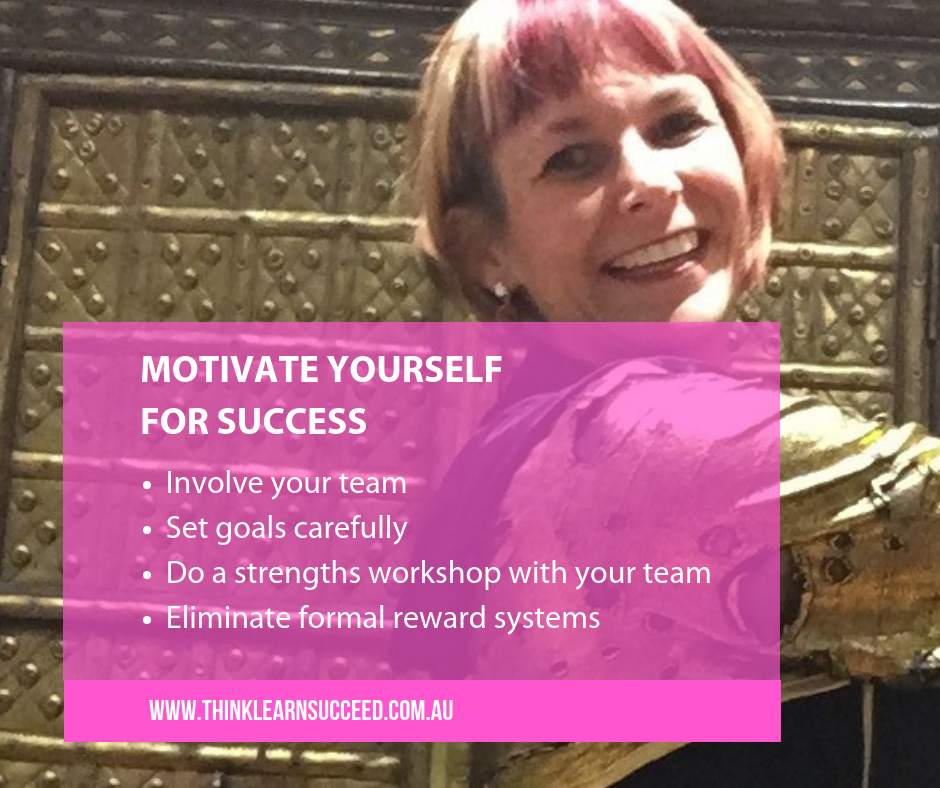Are you feeling overloaded and overwhelmed by the demands of your management role? You’re not alone in that! Many managers find themselves in this position at some point. Often, it happens because you haven’t learned to separate your self-concept from your job. And it leads to problems like workaholism and toxic persistence.
Does this resonate with you? Well, fear not! I’m about to explain the difference between the two and give you some tips on how to avoid this trap. As a leader, it’s important to recognise that your job is not the same as your identity. Your job is what you do, while your identity is who you are. Separating the two allows for a healthier and more resilient leadership career. And it is easy to do once you stop making three rookie leadership mistakes.
Mistake 1: Failing to see leadership as new career
It’s easy to fall into the trap of treating leadership as just an extension of your old professional role. But this is huge mistake. It feeds overwork, perfectionism and control-freak tendencies. As a manager, you need to see that leadership is not just a role. It is a distinct profession. That’s why management and leadership courses exist! So don’t assume you already have what it takes. Drop your old ways of doing things and start mastering the art of leadership!
Free e-book and video tips.Get your copy today!
|
|
Mistake 2: seeking to please everyone
Woops! This is a biggie! New managers, in particular, often mistakenly think they need to keep everyone happy. But the truth is, you can’t! Nor should you. After all, leaders sometimes need to make tough decisions and handle difficult situations. Trying to please everyone will only create confusion, conflict and stress. Instead, focus on making the best decisions for your team and organisation. And don’t be afraid to communicate your decisions and reasoning clearly.
Mistake 3: confusing your job with who you are
Remember this. You are not your job. It’s important to have interests, hobbies and relationships outside of work. Plus, continuously striving to be the perfect manager will only lead to burnout and disappointment. Instead, focus on being real. Set boundaries, delegate and take care of your job is just one part of your life – don’t let it take over your entire identity.
So, are you ready to stop making these rookie leadership mistakes and start creating a healthier and more fulfilling career? Remember, your job is what you do, not who you are. So go forth and lead with clarity and confidence! By untangling your identity from your work role, you’ll bring authenticity, adaptability, and renewed energy to your leadership.
This article was created by Eleanor Shakiba
Eleanor is a leadership trainer and success coach. Her mission is inspiring talented people to become leaders who make a difference. Since discovering her passion for training and development, Eleanor has trained more than 60,000 people. She delivers face-to-face workshops for corporates, online masterclasses for leaders and Positive Psychology retreats for trainers, HR practitioners and leaders.





 Have you ever been advised to “do what you love and success will follow”? This may be more than just cliché. When you’re doing what you love, you are likely to be using your signature strengths. This means that you are not only doing what you’re good at, but you are at your happiest as well.
Have you ever been advised to “do what you love and success will follow”? This may be more than just cliché. When you’re doing what you love, you are likely to be using your signature strengths. This means that you are not only doing what you’re good at, but you are at your happiest as well.
 Why do you do the things you do? What is it that drives your behaviour? Motivation does.
Why do you do the things you do? What is it that drives your behaviour? Motivation does.